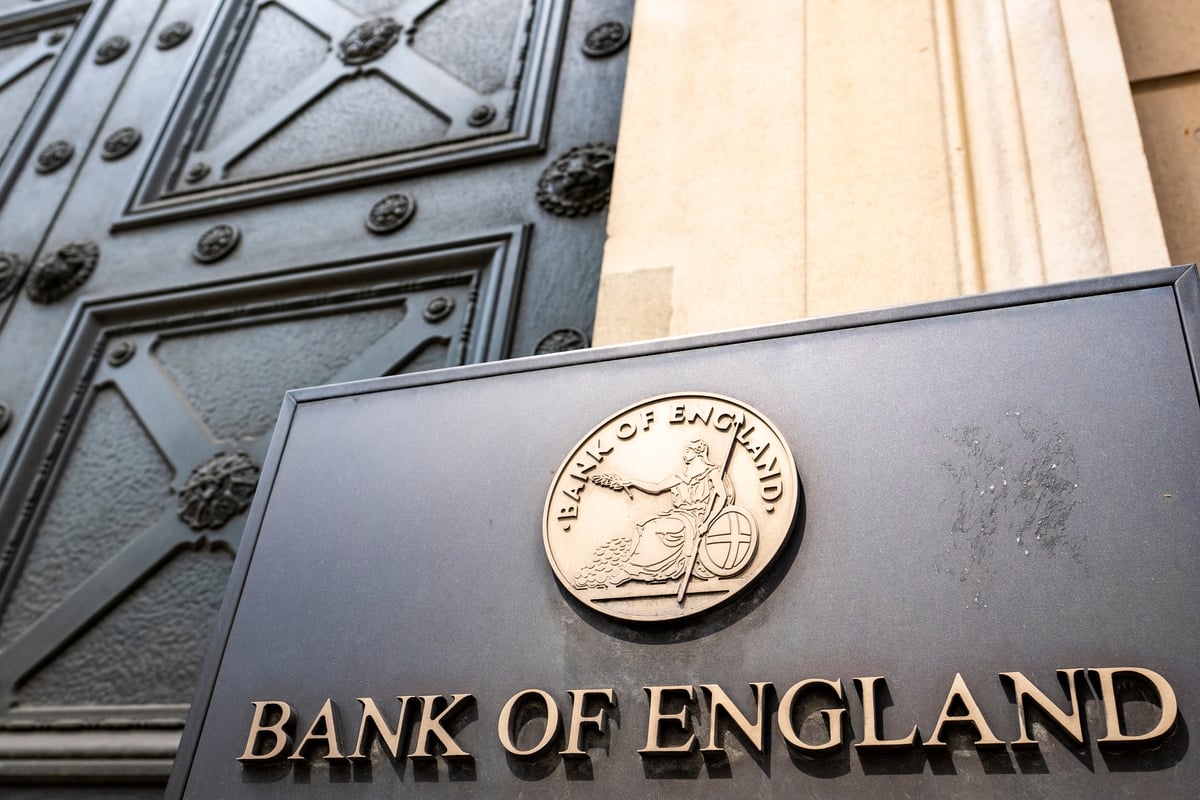TLDR
- BoE caps stablecoin use to prevent bank deposit flight and credit risk.
- Temporary limits aim to ensure smooth digital finance integration.
- £10k–£20k caps will stay until UK credit stability is fully protected.
- Stablecoin rules balance innovation with systemic financial safety.
- Consultation by end-2025 to refine stablecoin policy and exemptions.
The Bank of England has confirmed it will impose stablecoin limits as a temporary measure to ensure financial stability. These stablecoin limits will help the central bank monitor adoption trends and adjust the financial system to evolving digital currencies. The limits will remain until the transition no longer threatens the availability of credit to the real economy.
Temporary Stablecoin Limits Aimed at Market Stability
The Bank of England has signaled it will apply stablecoin limits ranging from £10,000 to £20,000 per user. This temporary cap intends to prevent a sudden shift of funds from bank deposits to stablecoins. The central bank believes rapid outflows could disrupt the credit supply and weaken traditional financing models.
Sarah Breeden, Deputy Governor, emphasized that these limits will support a smooth transition toward a multi-currency financial environment. While some critics argued the limits hinder innovation, the bank views them as essential to maintain lending continuity. These stablecoin limits are designed to protect the economy as it adjusts to a changing payments landscape.
In response to feedback, the Bank of England confirmed a formal consultation will launch before the end of 2025. This consultation will invite comments on implementation timelines and the scope of exemptions. The final framework will reflect industry input, while upholding the need for systemic safety.
Stablecoins in Systemic Payment Systems Under Scrutiny
Only systemic stablecoins will fall under the Bank of England’s direct regulatory oversight. Smaller stablecoin issuers will instead be supervised by the Financial Conduct Authority. This tiered model reflects the varying levels of risk posed by different issuers in the payment ecosystem.
The central bank plans to require systemic issuers to hold most reserves at the Bank without interest. However, some reserves may be placed in government bonds, allowing issuers to earn returns. The Bank is also considering liquidity support facilities to help systemic issuers handle redemption requests quickly.
A higher stablecoin limit for large firms such as supermarkets may be introduced under special provisions. Businesses participating in the UK’s digital sandbox may also qualify for exemptions. These adjustments aim to balance innovation with safeguards for financial integrity.
Gradual Integration as Credit Structure Evolves
Breeden stated that 85% of UK credit flows through banks, making stability a top priority. In contrast, the US relies less on bank-driven credit, prompting a more flexible stance toward stablecoins. The UK’s dependence on banks justifies tighter control while adjustments occur.
Stablecoin limits are structured to avoid a sharp contraction in credit availability for households and businesses. The Bank will review these limits regularly to ensure they reflect economic conditions. As traditional banks secure more funding from wholesale markets, the limits could eventually be removed.
The central bank also reaffirmed that asset settlement should remain its responsibility to reduce system-wide risks. Although tokenized deposits and regulated stablecoins may play a role, central bank money will remain foundational. The Bank urged both new and established firms to collaborate on secure digital payment solutions.





